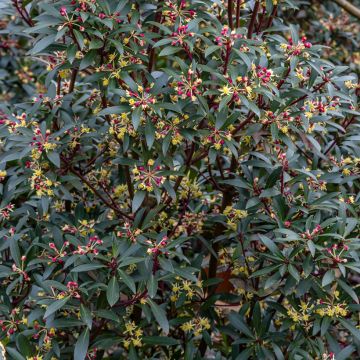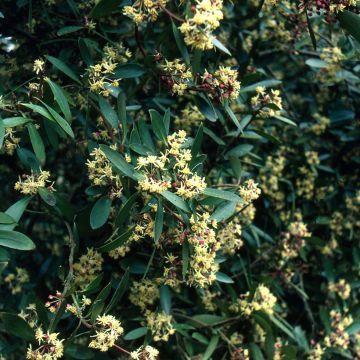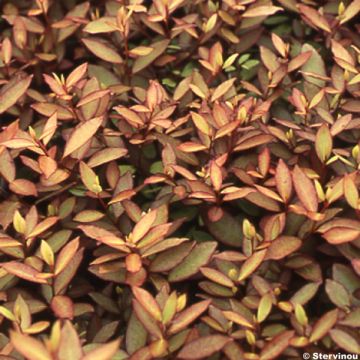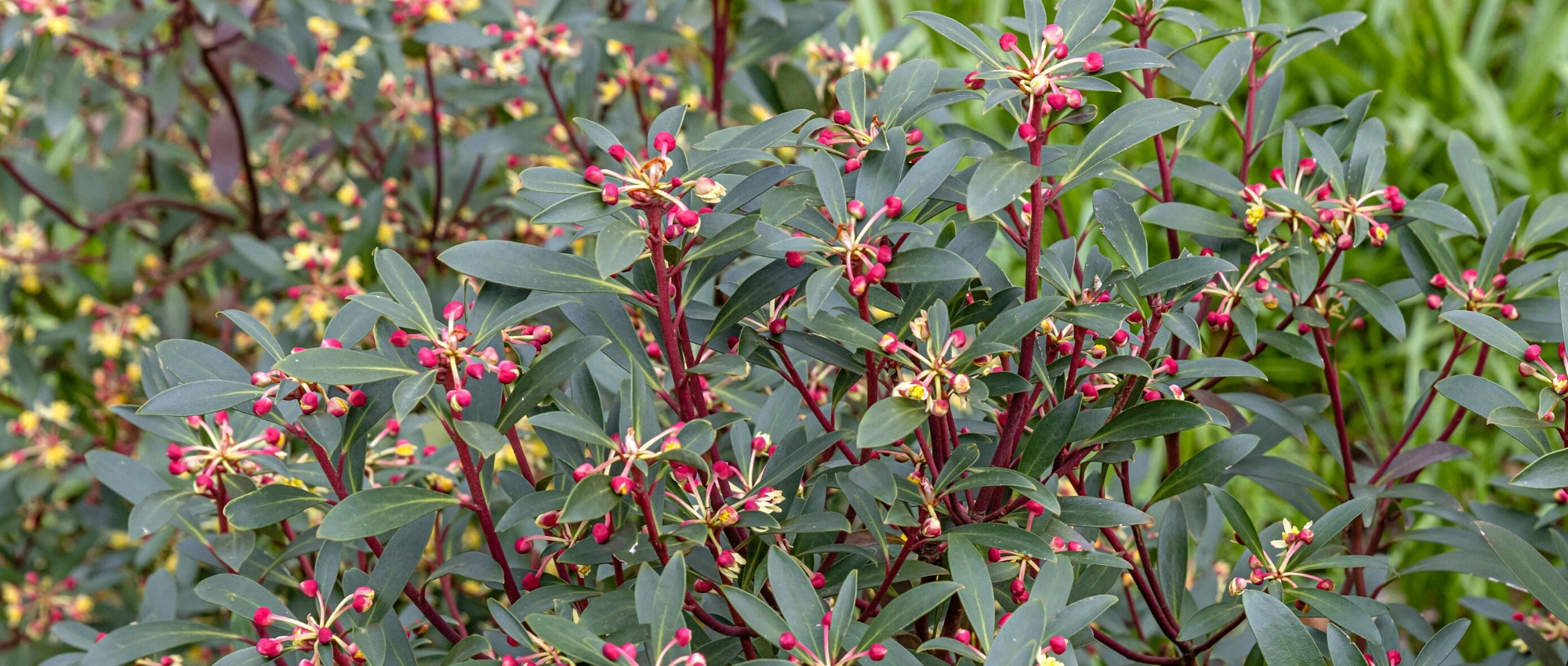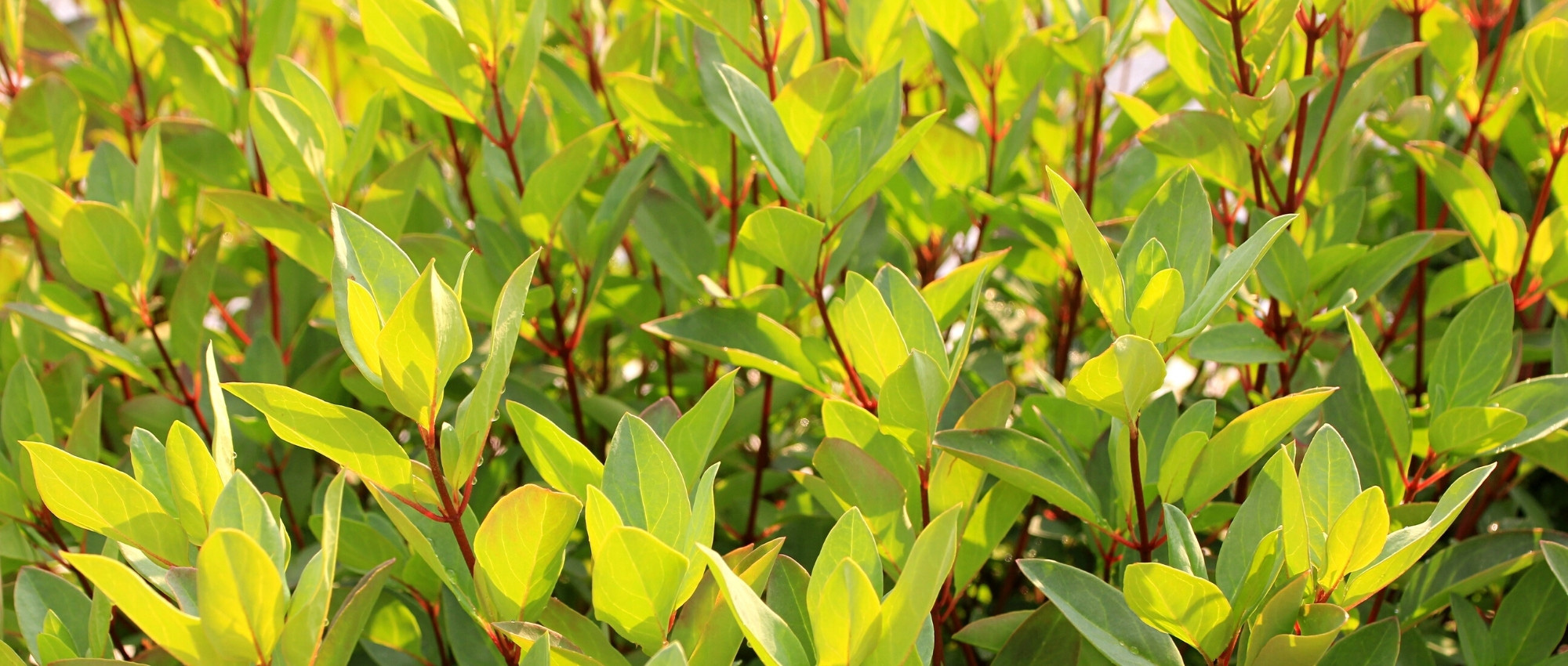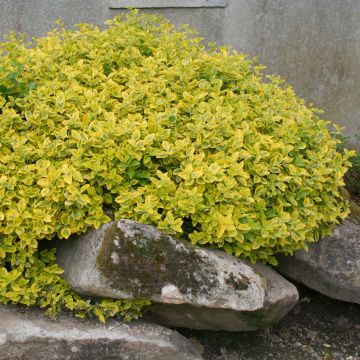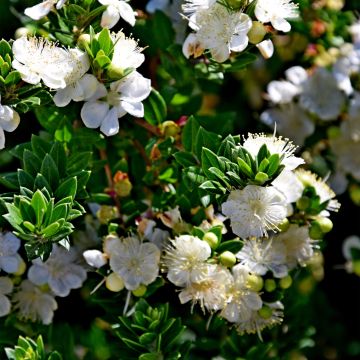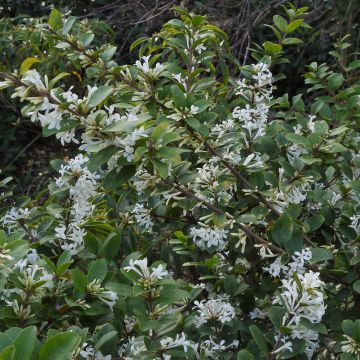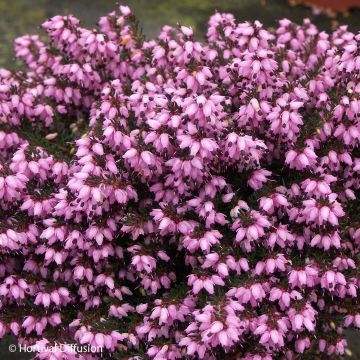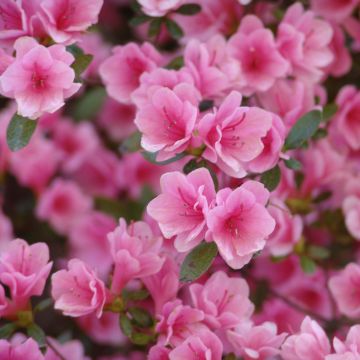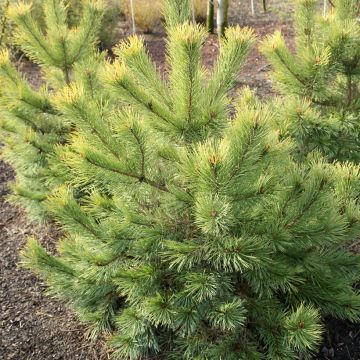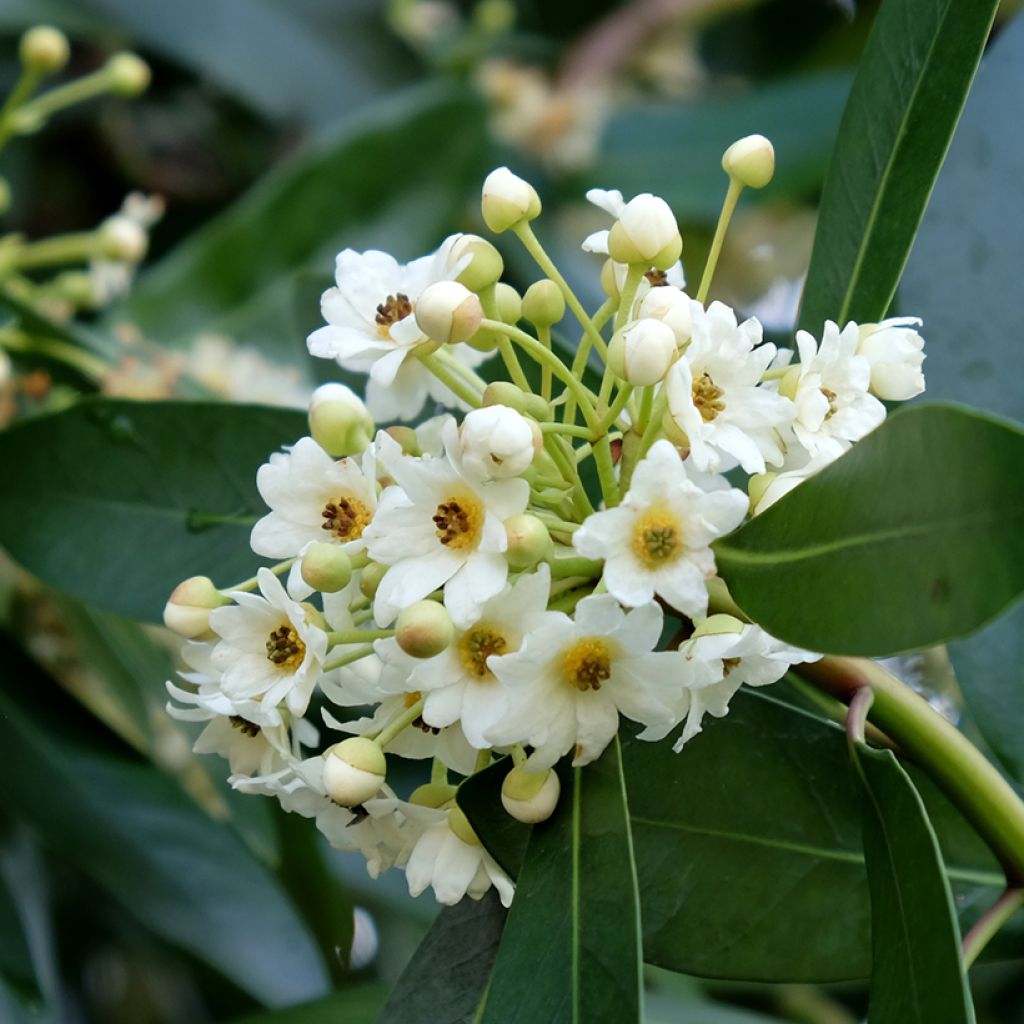

Drimys winteri - Cannelle de Magellan
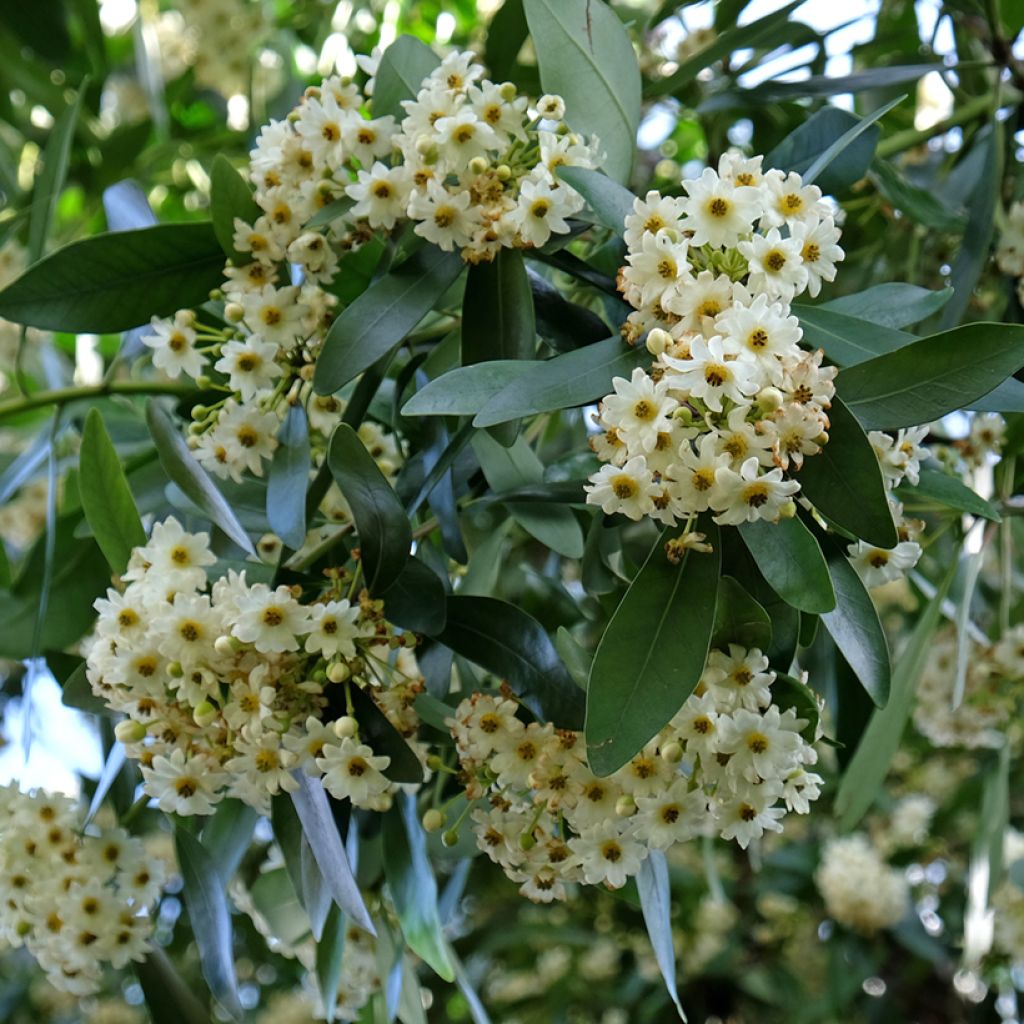

Drimys winteri - Cannelle de Magellan
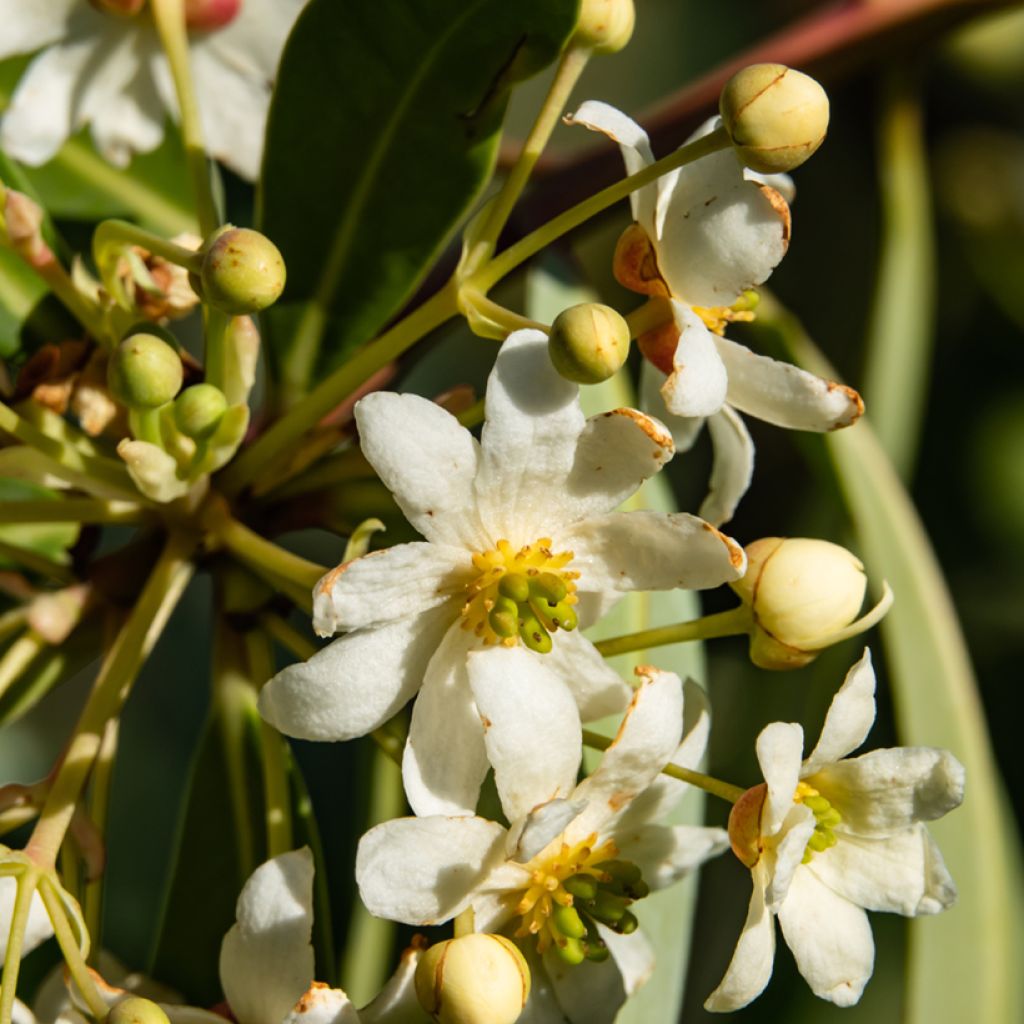

Drimys winteri - Cannelle de Magellan
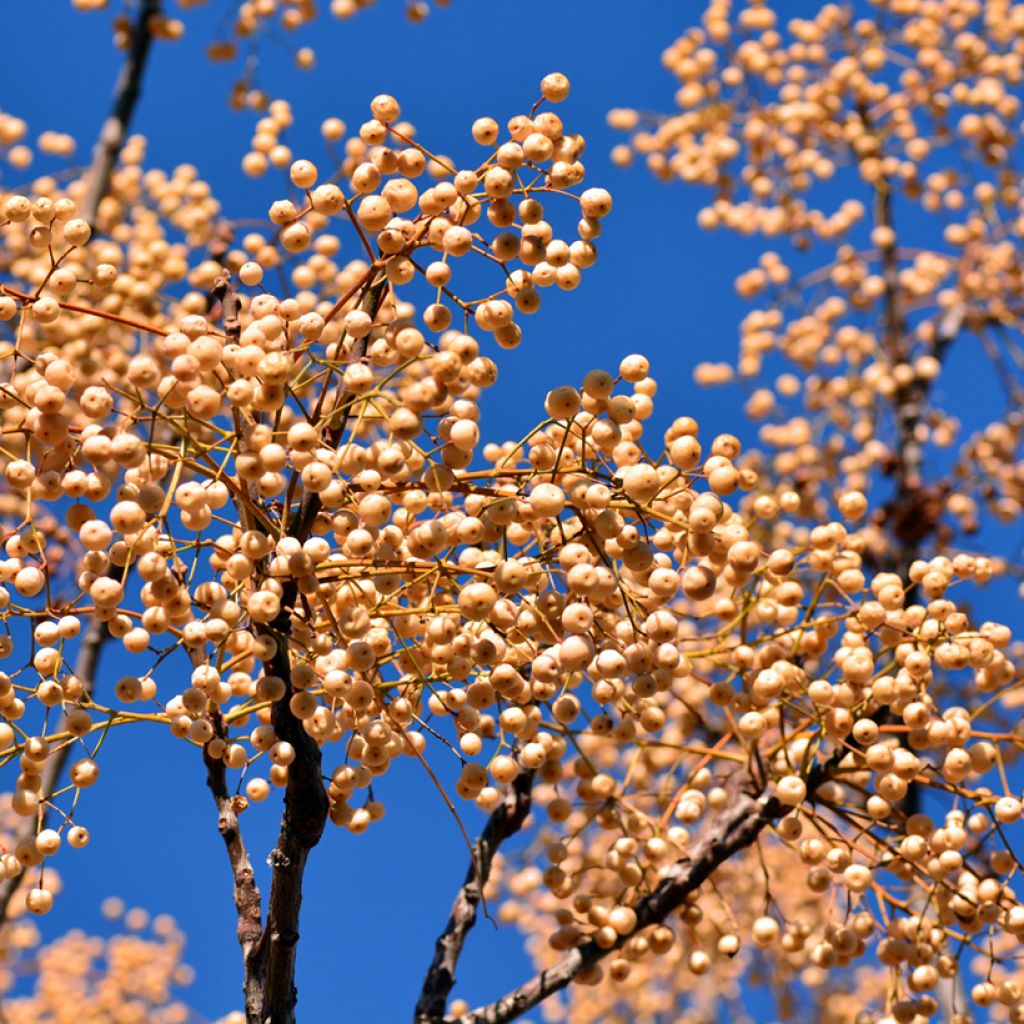

Drimys winteri - Cannelle de Magellan
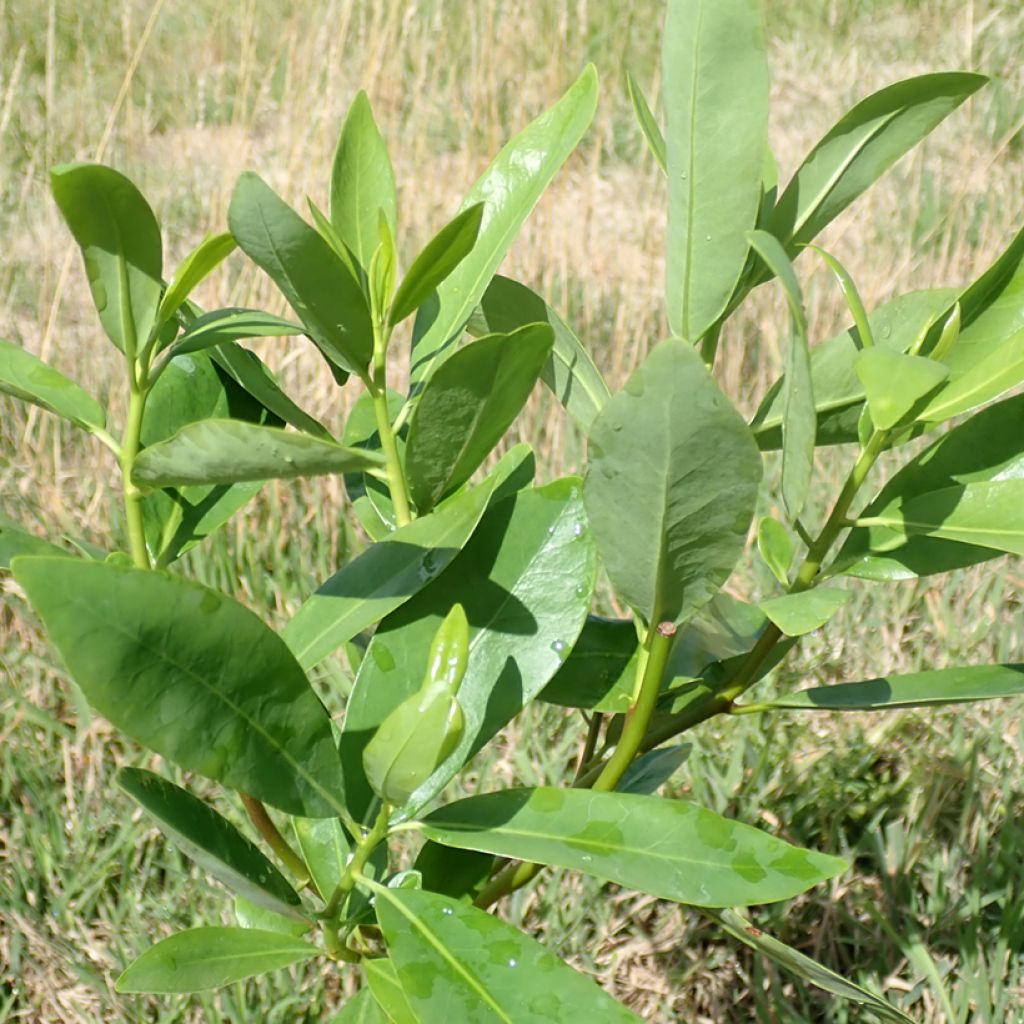

Drimys winteri - Cannelle de Magellan
Drimys winteri
Drimys winteri
Winter's Bark Tree
Special offer!
Receive a €20 voucher for any order over €90 (excluding delivery costs, credit notes, and plastic-free options)!
1- Add your favorite plants to your cart.
2- Once you have reached €90, confirm your order (you can even choose the delivery date!).
3- As soon as your order is shipped, you will receive an email containing your voucher code, valid for 3 months (90 days).
Your voucher is unique and can only be used once, for any order with a minimum value of €20, excluding delivery costs.
Can be combined with other current offers, non-divisible and non-refundable.
Why not try an alternative variety in stock?
View all →This plant carries a 24 months recovery warranty
More information
We guarantee the quality of our plants for a full growing cycle, and will replace at our expense any plant that fails to recover under normal climatic and planting conditions.

Would this plant suit my garden?
Set up your Plantfit profile →
Description
Drimys winteri, called Winter's bark, is nicknamed Magellan's Cinnamon because of the fragrance emitted by its bark, and its origins in Patagonia, not far from the Strait of Magellan. Forming a beautiful evergreen bush, it also has aromatic foliage and offers a delicious cream-white flowering in spring with a fragrance of anise and jasmine. Not very hardy, it also does not appreciate scorching summers. It is therefore best in coastal gardens. Interesting for its year-round presence in the garden, its elegant habit, fragrance, and density, Winter's Bark Tree is a beautiful subject to introduce into hedges and shrub borders, or as a standalone plant.
Drimys winteri belongs to an ancient botanical family related to magnolias, the Winteraceae family. It is present in Argentina, in the Andean part of Patagonia and as far as Tierra del Fuego, but also in Chile and southern Brazil. It is often found at low altitudes (< 300 m (984 ft 4 in)), frequently in humid and shady environments, in the undergrowth. This moderately fast-growing bush will reach about 5m (16 ft 5 in) in height and 3m (9 ft 10 in) in width in our climates. Its young red branches bear large, entire, leathery leaves, measuring between 10 and 20 cm (3.9 and 7.9 in) long and 5 cm (2 in) wide. Their colour is a bright green, shiny on the upper side, with the underside being a very light, matte green. Before falling, the older leaves turn apricot-coloured with red veins and show dark red pits. The foliage, and perhaps even more so the bark, is rich in aromatic compounds. The nectar-rich flowering occurs in April-May, on plants aged 5 to 6 years minimum. It is manifested by the formation of fairly loose spherical panicles at the ends of the branches. The star-shaped flowers, 2 to 3 cm (0.8 to 1.2 in) in size, are composed of 6 to 14 waxy-looking petals, ranging in colour from cream to pinkish-white and emitting a delicate fragrance. Depending on the climate, the flowering will produce small fruits that turn purple to black when ripe. Once dried, they can be used as a spice.
Winter's bark is not difficult to cultivate in a suitable climate and in soil that is poor in limestone, rich in humus, and not too dry. It is elegant and ornamental year-round and possesses a gently exotic charm. Use it as a standalone plant in a small garden. It also excels in an evergreen hedge, a windbreak, alone or mixed with other evergreens such as oleaster, photinias, olearias... It can also be included in the composition of a large bed of ericaceous shrubs with rhododendrons, camellias, hydrangeas, kalmia, Hamamelis, and Pieris, for example.
Drimys winteri in pictures
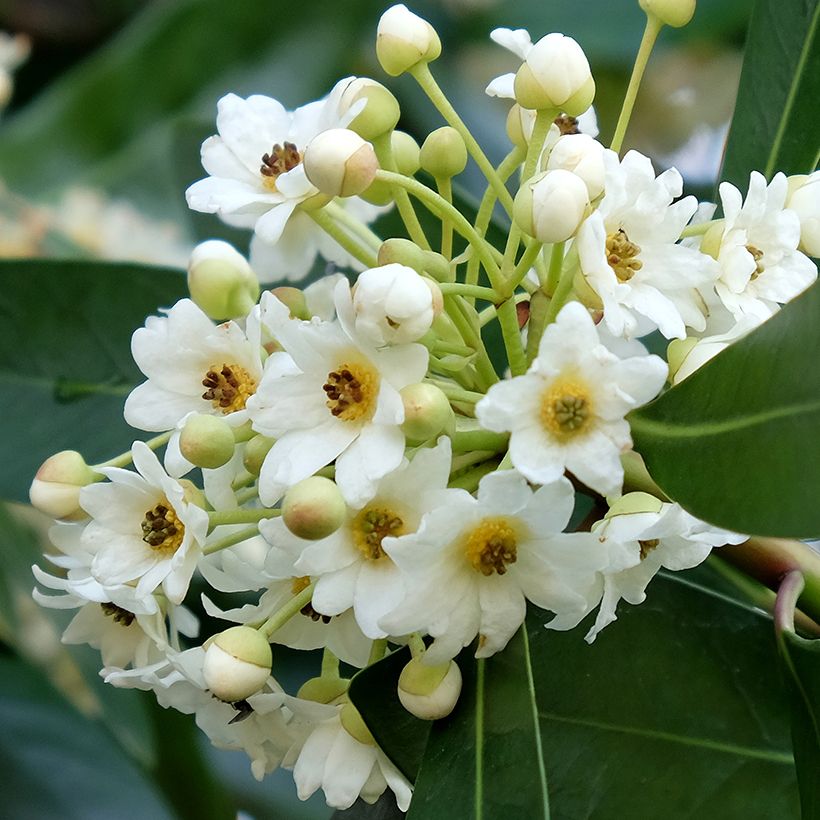

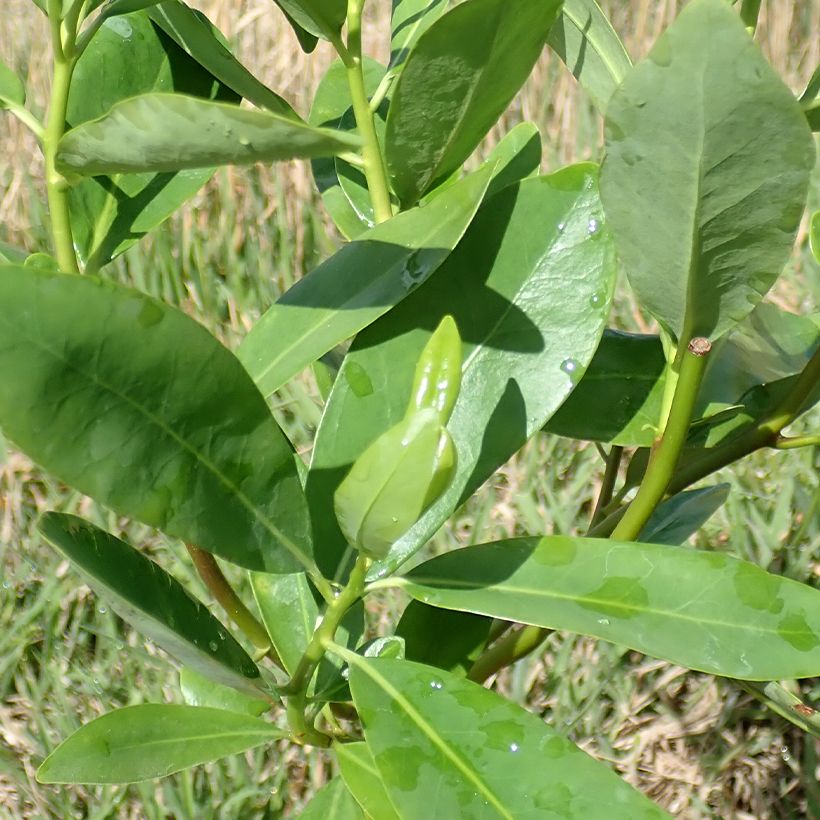

Plant habit
Flowering
Foliage
Botanical data
Drimys
winteri
Winteraceae
Winter's Bark Tree
South America
Other Drimys
View all →Planting and care
Drimys winteri will appreciate a well-draining, humus-rich, slightly acidic soil, not too dry in summer. It can tolerate clayey and loamy soil, but does not tolerate the presence of limestone. It prefers temperate climates, mild in winter and fairly humid in summer. It should be planted in a sunny or partially shaded position in hot climates. This bush dislikes winds carrying sea spray. By the seaside, place it in the second row.
It should be planted in autumn in very mild climates, and in spring in borderline hardiness zones. It can withstand frosts of around -6 / -8 °C once well established. Every spring, apply well-rotted compost at the base of your Drimys. Mulch the soil in summer to retain moisture and save on watering.
Planting period
Intended location
Care
Planting & care advice
This item has not been reviewed yet - be the first to leave a review about it.
Similar products
Haven't found what you were looking for?
Hardiness is the lowest winter temperature a plant can endure without suffering serious damage or even dying. However, hardiness is affected by location (a sheltered area, such as a patio), protection (winter cover) and soil type (hardiness is improved by well-drained soil).

Photo Sharing Terms & Conditions
In order to encourage gardeners to interact and share their experiences, Promesse de fleurs offers various media enabling content to be uploaded onto its Site - in particular via the ‘Photo sharing’ module.
The User agrees to refrain from:
- Posting any content that is illegal, prejudicial, insulting, racist, inciteful to hatred, revisionist, contrary to public decency, that infringes on privacy or on the privacy rights of third parties, in particular the publicity rights of persons and goods, intellectual property rights, or the right to privacy.
- Submitting content on behalf of a third party;
- Impersonate the identity of a third party and/or publish any personal information about a third party;
In general, the User undertakes to refrain from any unethical behaviour.
All Content (in particular text, comments, files, images, photos, videos, creative works, etc.), which may be subject to property or intellectual property rights, image or other private rights, shall remain the property of the User, subject to the limited rights granted by the terms of the licence granted by Promesse de fleurs as stated below. Users are at liberty to publish or not to publish such Content on the Site, notably via the ‘Photo Sharing’ facility, and accept that this Content shall be made public and freely accessible, notably on the Internet.
Users further acknowledge, undertake to have ,and guarantee that they hold all necessary rights and permissions to publish such material on the Site, in particular with regard to the legislation in force pertaining to any privacy, property, intellectual property, image, or contractual rights, or rights of any other nature. By publishing such Content on the Site, Users acknowledge accepting full liability as publishers of the Content within the meaning of the law, and grant Promesse de fleurs, free of charge, an inclusive, worldwide licence for the said Content for the entire duration of its publication, including all reproduction, representation, up/downloading, displaying, performing, transmission, and storage rights.
Users also grant permission for their name to be linked to the Content and accept that this link may not always be made available.
By engaging in posting material, Users consent to their Content becoming automatically accessible on the Internet, in particular on other sites and/or blogs and/or web pages of the Promesse de fleurs site, including in particular social pages and the Promesse de fleurs catalogue.
Users may secure the removal of entrusted content free of charge by issuing a simple request via our contact form.
The flowering period indicated on our website applies to countries and regions located in USDA zone 8 (France, the United Kingdom, Ireland, the Netherlands, etc.)
It will vary according to where you live:
- In zones 9 to 10 (Italy, Spain, Greece, etc.), flowering will occur about 2 to 4 weeks earlier.
- In zones 6 to 7 (Germany, Poland, Slovenia, and lower mountainous regions), flowering will be delayed by 2 to 3 weeks.
- In zone 5 (Central Europe, Scandinavia), blooming will be delayed by 3 to 5 weeks.
In temperate climates, pruning of spring-flowering shrubs (forsythia, spireas, etc.) should be done just after flowering.
Pruning of summer-flowering shrubs (Indian Lilac, Perovskia, etc.) can be done in winter or spring.
In cold regions as well as with frost-sensitive plants, avoid pruning too early when severe frosts may still occur.
The planting period indicated on our website applies to countries and regions located in USDA zone 8 (France, United Kingdom, Ireland, Netherlands).
It will vary according to where you live:
- In Mediterranean zones (Marseille, Madrid, Milan, etc.), autumn and winter are the best planting periods.
- In continental zones (Strasbourg, Munich, Vienna, etc.), delay planting by 2 to 3 weeks in spring and bring it forward by 2 to 4 weeks in autumn.
- In mountainous regions (the Alps, Pyrenees, Carpathians, etc.), it is best to plant in late spring (May-June) or late summer (August-September).
The harvesting period indicated on our website applies to countries and regions in USDA zone 8 (France, England, Ireland, the Netherlands).
In colder areas (Scandinavia, Poland, Austria...) fruit and vegetable harvests are likely to be delayed by 3-4 weeks.
In warmer areas (Italy, Spain, Greece, etc.), harvesting will probably take place earlier, depending on weather conditions.
The sowing periods indicated on our website apply to countries and regions within USDA Zone 8 (France, UK, Ireland, Netherlands).
In colder areas (Scandinavia, Poland, Austria...), delay any outdoor sowing by 3-4 weeks, or sow under glass.
In warmer climes (Italy, Spain, Greece, etc.), bring outdoor sowing forward by a few weeks.






























